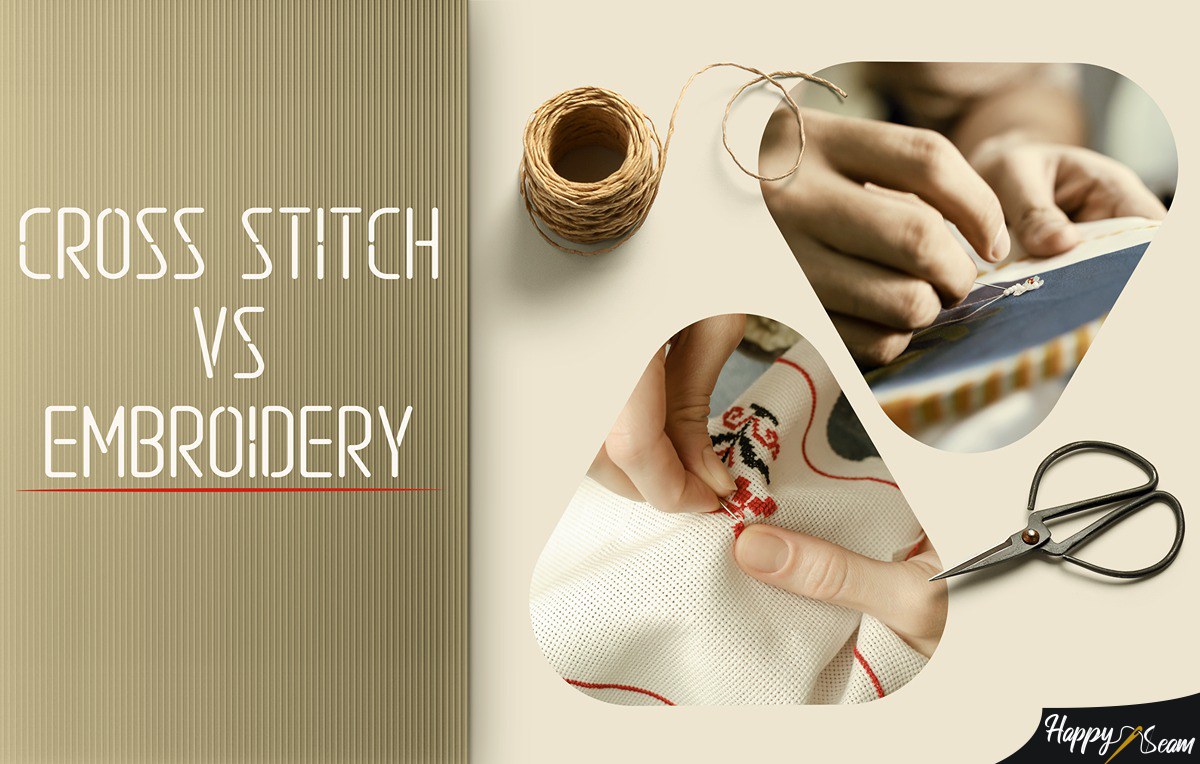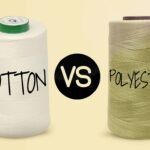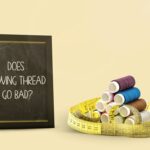Since both cross stitch and embroidery are decorative sewing projects, many people tend to think they’re the same or at least similar. But as someone who enjoys practicing both needlecrafts, I can say that they are quite different.
Not only do each of them involves using different threads, needles, and stitches, but they’re also performed on different types of fabrics by following different patterns.
So, now that it’s clear what the topic of this article will be, it’s time to compare these two needlecrafts and see what their main differences are.
Key Takeaways
- Cross stitch and embroidery are decorative sewing techniques used for decorating various fabrics and clothes.
- They differ in several ways, but the two features that distinguish one from the other the most are the types of stitches and fabrics they require.
- Cross-stitch designs are also created by using different patterns and needles from those used for making embroidery designs.
- Embroidery is a more interesting and more versatile type of needlework than cross stitch. However, the latter is a perfect choice for beginners.
Cross Stitch vs. Embroidery – How Do They Differ?

There are many differences between these two sewing techniques, but, if you ask me, I believe that it’s exactly those differences that make each of them beautiful, interesting, and unique in their own way.
What I like about cross stitch is that it’s a simple form of needlework that’s great for decorating different household items, such as linens, cushions, duvet covers, dishcloths, and coasters. Cross-stitching is also a calming, fun activity that makes you feel relaxed and more focused whenever you engage in it.
However, there’s one thing I don’t like about this form of needlework and that is that you need to follow a certain gritted pattern for every cross-stitch project and work on specific fabrics, which, I think, somehow limits my creativity when it comes to choosing thread colors and designs.
As for embroidery, there are many things I like about it, but the main one is that, unlike cross-stitch, it doesn’t require you to count stitches and squares or use certain thread colors and stitches so that you end up getting your design the way you want it.
So, now that I’ve given a short overview of cross stitch and embroidery, it’s time to see which are the major features that make them different from each other.
Patterns
Cross stitch involves sewing stitches shaped like an X on woven or gridded fabrics by following a pattern. The pattern is basically the design and shows you which stitches and colors you should use in order to reproduce the design on your fabric.
You follow the pattern by counting its squares and checking their position and the color of the threads to know how many stitches you need to do and which colors you should use. Then, you make stitches, one at a time, on your fabric in each hole that matches the squares on the pattern.
When it comes to embroidery, it requires you to transfer a certain design to the clothing or fabric you want to embellish. You can do that in several ways, such as by using an erasable pen, chalk, iron-on transfers, pencil, or transfer paper or just tracing the pattern directly onto the fabric. Moreover, you can even come up with your own design.
Also Read: The Meaning of Interfacing In Sewing?
Purpose
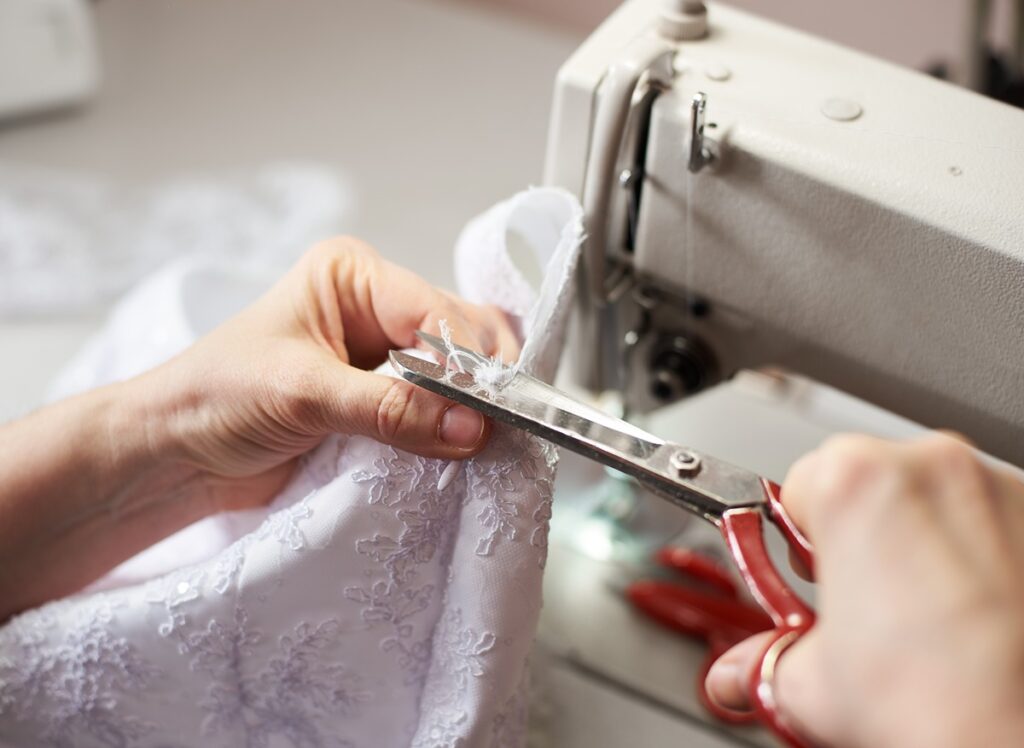
Cross stitch has been used for embellishing different fabrics used in the household for many years. Today many people also do cross-stitch projects to decorate their walls. The thing is that cross stitch can only be used for projects involving a design that can be reproduced on a gridded or woven fabric.
On the other hand, you can perform embroidery on various fabrics by using innumerable patterns. Additionally, embroidery machines allow you to form complex designs such as logos, other texts, and images that you can attach to your clothes or other fabrics.
Moreover, different types of embroidery have different purposes. Let’s take crewel work and stumpwork embroideries as an example. These two types are used to make textured, elevated designs on the fabric’s surface, which looks perfect on sheets and cushions or duvet covers. On the other hand, the embroidery style known as Sashiko produces designs that are ideal for decorating a large area of fabric and joining fabrics together to make clothes.
Fabrics
As I already said, cross-stitch designs can only be reproduced on certain fabrics like Aida, even-weave fabric, and linen fabric since such fabrics are gridded.
As for embroidery, some types of this needlecraft may require a special fabric type. However, most embroidery designs can be created on various types of fabric and the most popular one is quilting cotton.
Also Read: The Finest 10 Knitted Fabric Types
Needles
Cross-stitch designs are made with blunt-tip needles with a large eye, which allows you to do stitches without piercing the fibers. The most commonly used needles for cross-stitching are tapestry and crewel needles.
On the other hand, embroidery designs are created by using thinner, sharp-tip needles, which easily glide through the fabric. The chenille and embroidery needles are the most commonly used types of needles for creating embroidery.
Stitches
Cross-stitching, as its name implies, is done by using the cross or x-shaped stitch, and this is probably the main feature that distinguishes this needlecraft from the other embroidery types.
This stitch can be used for creating an entire design, which can especially benefit beginners. However, cross-stitch designs can also be created by using back and half stitches.
On the other hand, embroidery designs are created by using various stitches, such as running stitch, blanket stitch, seed stitch, French knot, chain stitch, woven wheel stitch, satin stitch, lazy daisy stitch, and of course, the cross stitch.
Also Read:6 Amazing Serger Threads
Supplies
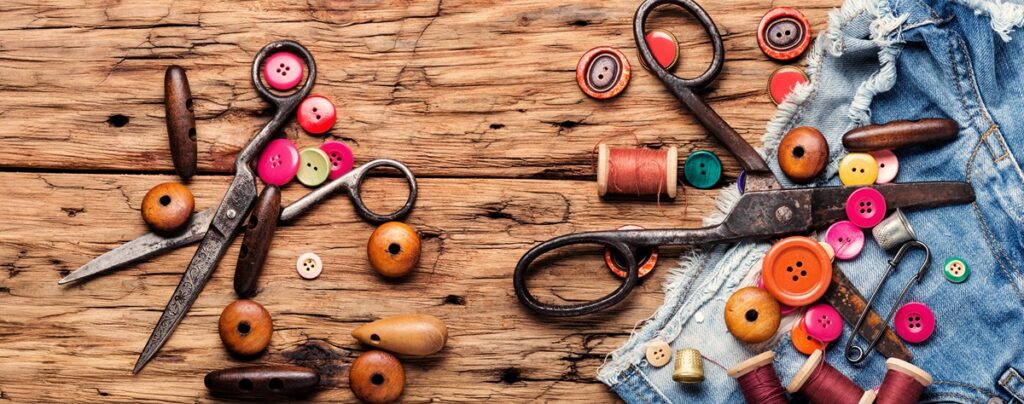
Doing cross stitch requires using blunt-tip needles, embroidery floss, and woven or gridded fabrics.
On the other hand, embroidery designs are made by using sharp needles on many different fabrics. Just like cross stitch designs, they can be created by using embroidery floss too, but other materials such as yarn, pearls, petals, or quills can be used too. Additionally, embroidery requires using a larger amount of thread compared to cross stitch.
Final Verdict
It’s no wonder that both cross stitch and embroidery are among the most popular needlecrafts. These sewing techniques are great for creating beautiful and unique works of art. Moreover, they can even benefit your mental health as they are relaxing, calming, and enjoyable hobbies.
However, although cross stitch and embroidery share some similarities, and each of them has many good sides, they’re actually very different. So, if I need to make a decision about which of the two is better or more interesting, that will be embroidery. I base my decision on the fact that it is more relaxing and offers more choices when it comes to choosing designs, thread colors, stitches, and fabrics.
Nevertheless, if you’re a beginner and you’re still not sure which of these two needlecrafts you should give a try, perhaps you’d be better off choosing cross stitch as it’s way simpler than embroidery. After all, it’s up to you to decide.
I am a proud mother of two amazing daughters, and i run our sewing & embroidery business full time. I am also a part-time writer for this blog, because i love sharing my findings and experiences!

